This Painting of Jesus Unveiled a Major Historical Discovery
Deep in the Negev Desert in Israel, a 6th-century depiction of Jesus was found, and it’s already considered one of the most important discoveries of the century.
While studying an ancient Byzantine church, Dr. Emma Maayan-Fanar found what looks to be the face of the Christian Messiah, and many are calling the finding “miraculous.
Maayan-Fanar Is Part of a Large Research Operation
Along with archaeologists and conservationists from Haifa University, Dr. Maayan-Fanar, Professor Bar-Oz, and Ravit Linn are working tirelessly on a multi-year research project called the Negev Byzantine Bio-Archaeology Research Program.

Source: Pictures Ltd./Corbis/Getty Images
Along with archaeologists and conservationists from Haifa University, Dr. Maayan-Fanar, Professor Bar-Oz, and Ravit Linn are working tirelessly on a multi-year research project called the Negev Byzantine Bio-Archaeology Research Program.
Understanding the Byzantine Empire’s City of Shivta
According to historical texts, the Negev Desert was originally ruled by the Ancient Greeks and then the Romans until the Byzantine Empire took over the region in 324 CE.

Source: The Print Collector/Heritage Images/Getty Images
The Byzantines then built the now-ancient city of Shivta in the desert, where it remained until the Byzantine Empire fell and lost the area to the Ottoman Empire. The city of Shivta, while remote, was an important landmark at the time as it sat directly on the Incense Route, which cultures from the East and West used for trade.
The Lost City of Shivta
Although historians now understand the importance of the city of Shivta, for centuries, it was completely lost.

Source: Unsplash
According to research, the predominantly Christian village was destroyed during the rise of Islam. It more or less collapsed and was lost until English explorer Edward Henry Palmer happened upon it in 1871.
Finding Jesus in Shivta
Since the 1870s, many important and interesting artifacts have been found in Shivta, though none are quite as exciting as the most recent discovery of the 6th-century depiction of Jesus.
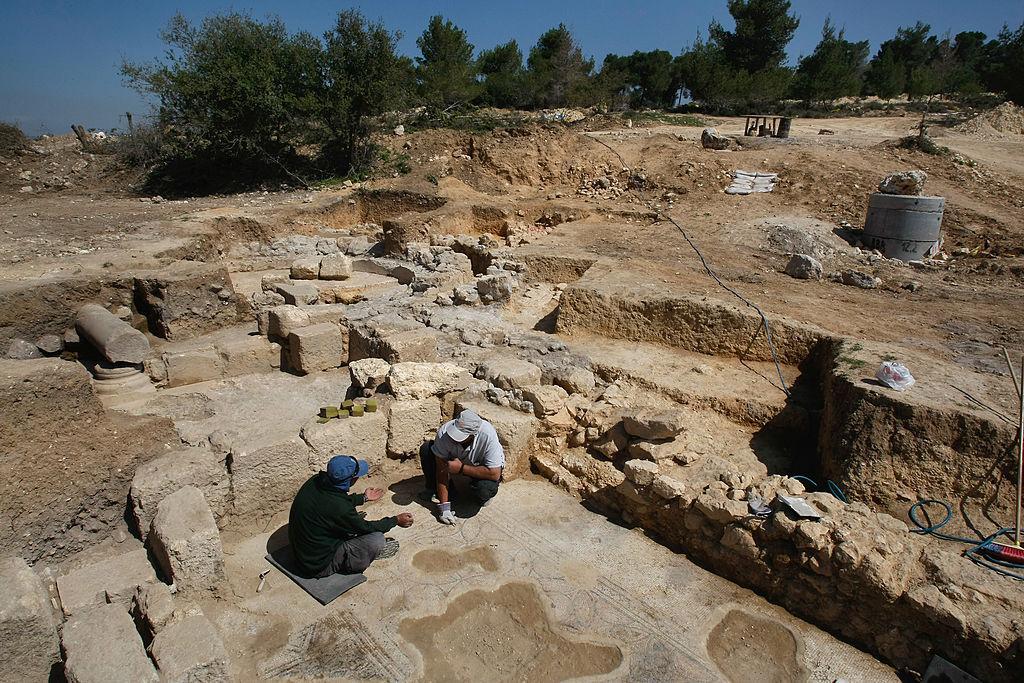
Source: David Silverman/Getty Images
Dr. Maayan-Fanar told the Times of Israel that she noticed the face of Jesus staring down at her in what archeologists call the North Church last week, and she truly couldn’t believe what she was seeing.
The Untrained Eye Would Not Have Found Jesus in Shivta
It’s important to understand that anyone without an archeology background would never have noticed the depiction of Christ as it would simply look like peeling paint.
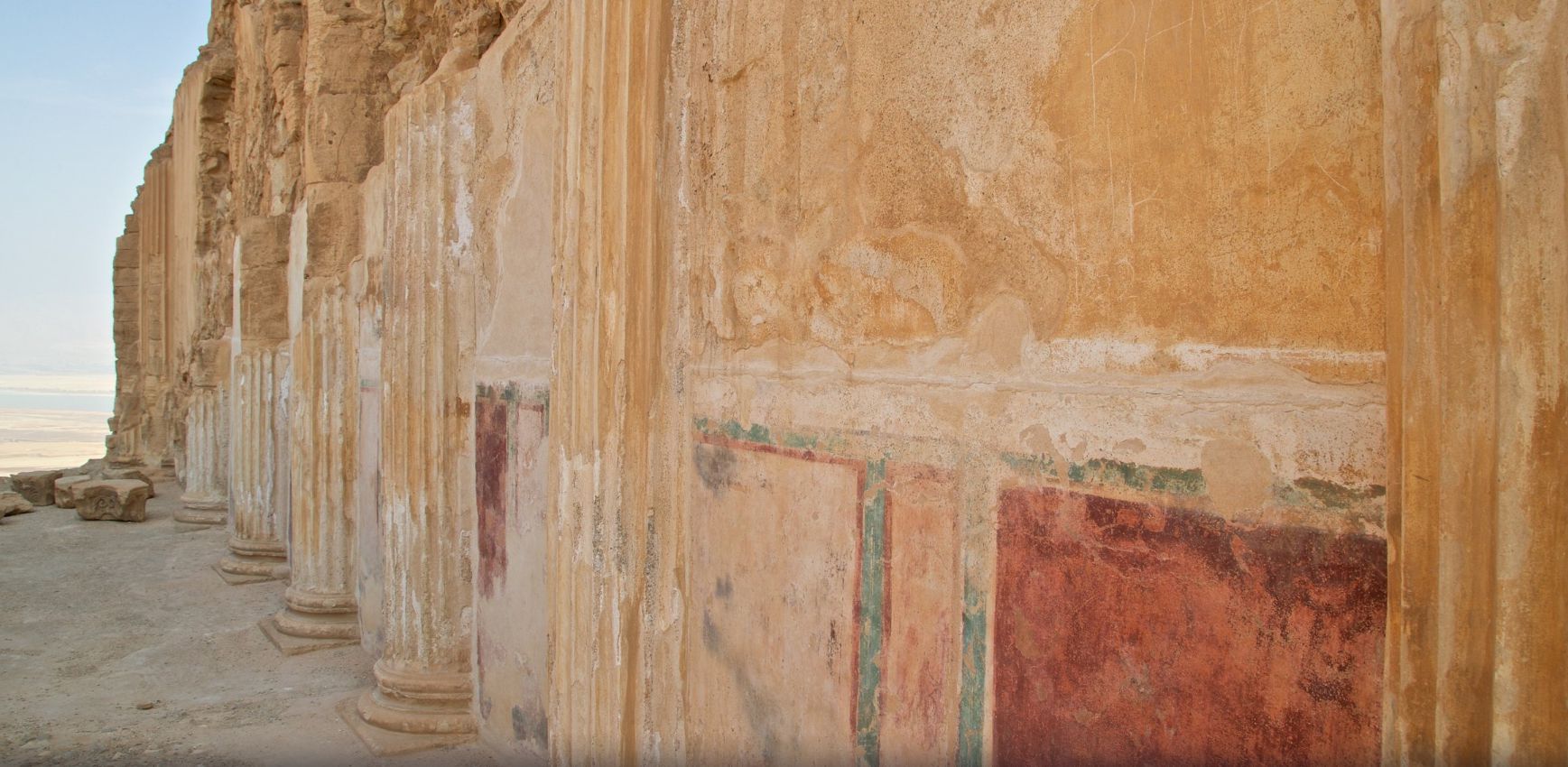
Source: Expedia
In fact, it was even difficult to spot as an expert. Dr. Maayan-Fanar told the media. “I was under the apse at the right place at the right time. It’s just so hidden — it’s impossible to see — but the conditions of the light were just right.”
How Do They Know This Is Jesus?
While the photo and even the drawing completed by Dr. Maayan-Fanar to show Jesus’ face doesn’t look like much to anyone else, she explained that for experts in the field, it’s very clearly Jesus.
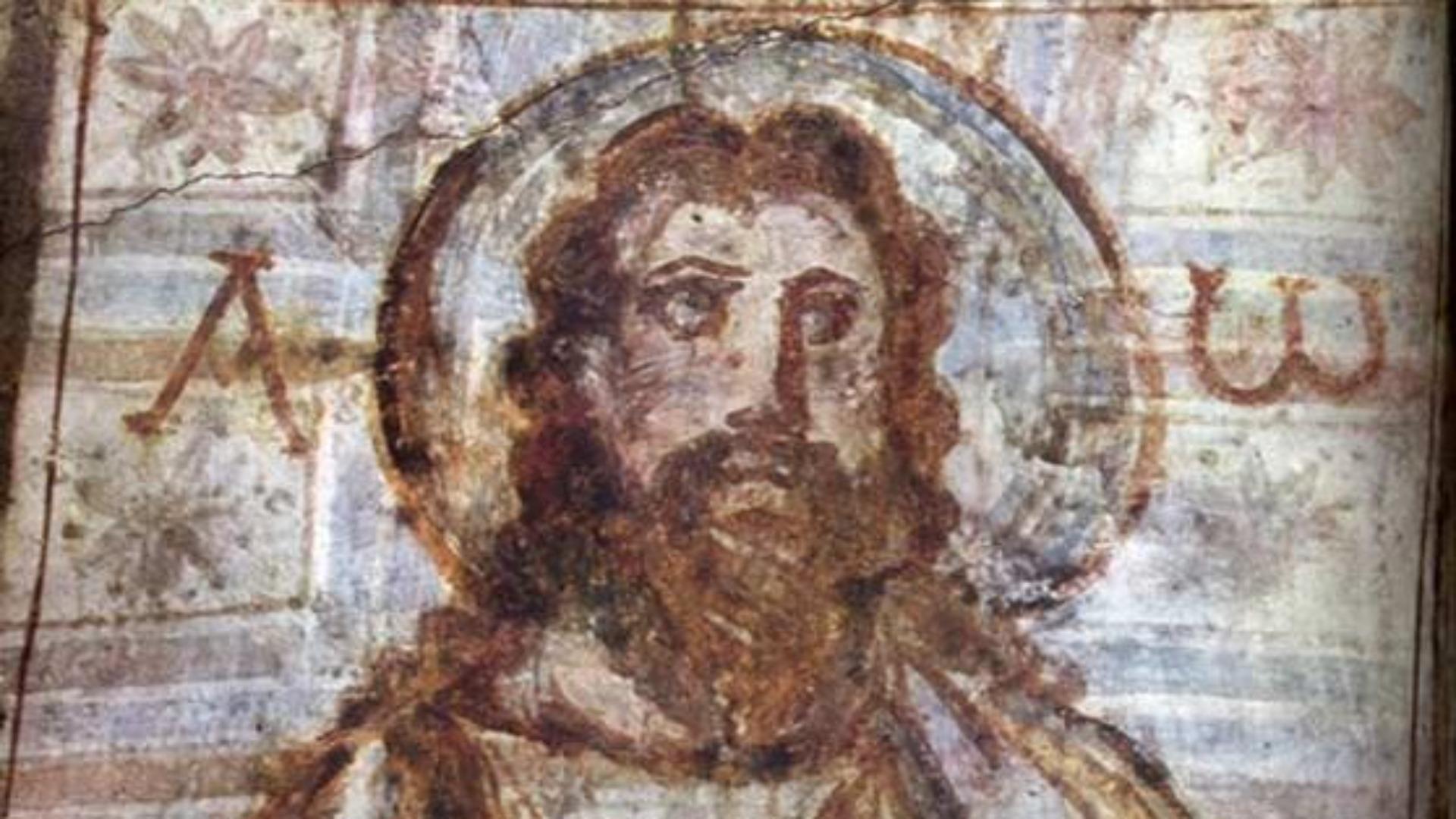
Source: Alamy
She explained that through well-known formulaic patterns and early Christian art, “Those who know the iconography of early Christianity can recognize such an image even from almost nothing.”
Jesus Is Shown Being Baptized by John the Baptist
There are several incredibly interesting aspects of the newly discovered painting, but one of the most enthralling for historians is that it was found within the baptistery of the church and that there is a figure, assumed to be John the Baptist, next to Jesus.
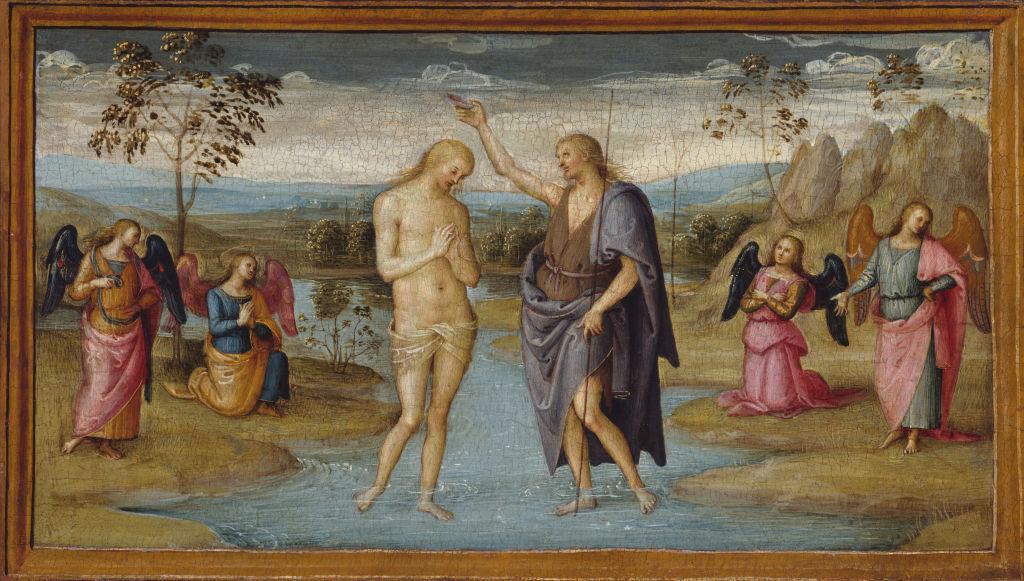
Source: Heritage Art/Getty Images
Dr. Maayan-Fanar explained the importance of a possible depiction of Christ’s famous baptism, “Thus far, it is the only in situ baptism-of-Christ scene to date confidently to the pre-iconoclastic Holy Land. Therefore, it can illuminate Byzantine Shivta’s Christian community and Early Christian art across the region.”
A Youthful Jesus Tells Archeologists a Great Deal About Shivta
Another fascinating aspect of the depiction is that it shows a youthful Jesus with short hair.
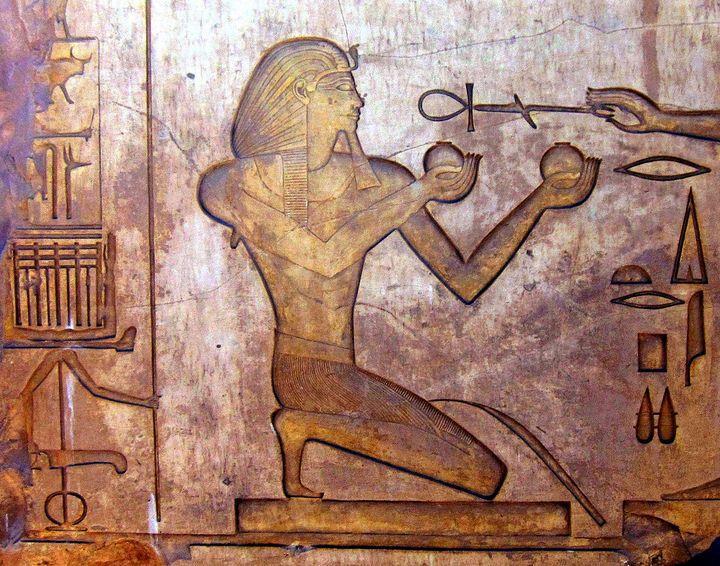
Source: Wikipedia
Dr. Maayan-Fanar explained, “Christ’s face in this painting is an important discovery in itself. It belongs to the iconographic scheme of a short-haired Christ, which was especially widespread in Egypt and Syro-Palestine, but gone from later Byzantine art. Early sixth-century texts include polemics concerning the authenticity of Christ’s visual appearance, including his hairstyle. Based on iconography, we estimate that this scene was also painted in the sixth century AD.”
Attempting to Date the Depiction of Christ
While archeologists studying the newly-found depiction of Christ cannot be entirely sure when it was painted, they believe it is from the 6th century due to the structure it’s in.
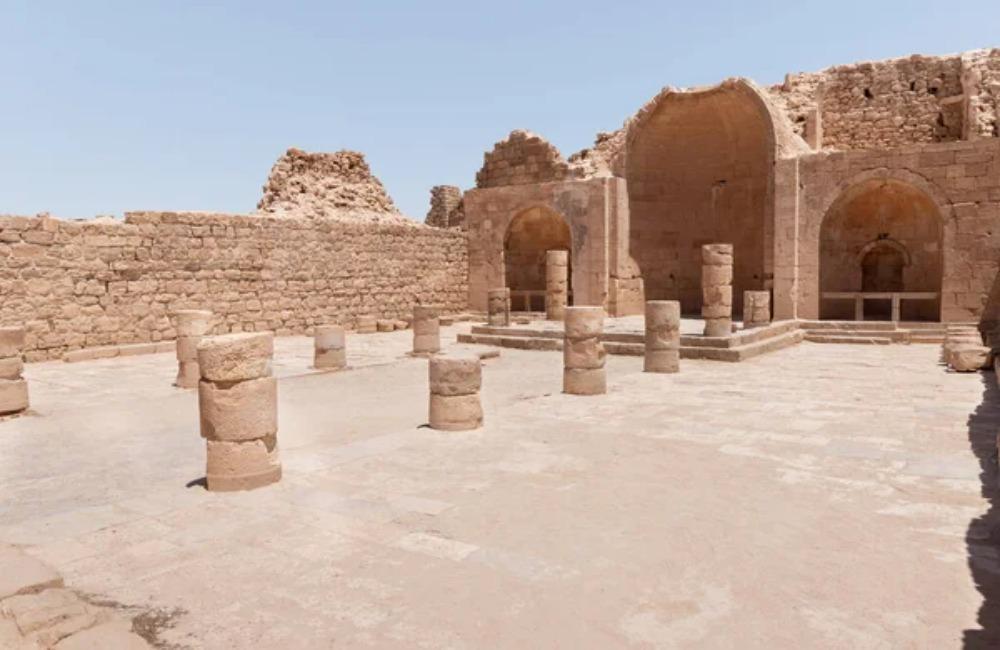
Source: DepositPhotos
As well as the dating of the church, researchers believe that the style of the painting points toward around the 6th century. Although the painting is all but invisible to the naked eye, with visible induced luminescence (VIL), the team was able to map the pigment of the painting and can now understand its composition.
Archeologists Hope to Learn More About This Important Depiction
The on-site team of conservationists and archeologists is conducting an all-encompassing assessment of the painting using the latest technologies and techniques.
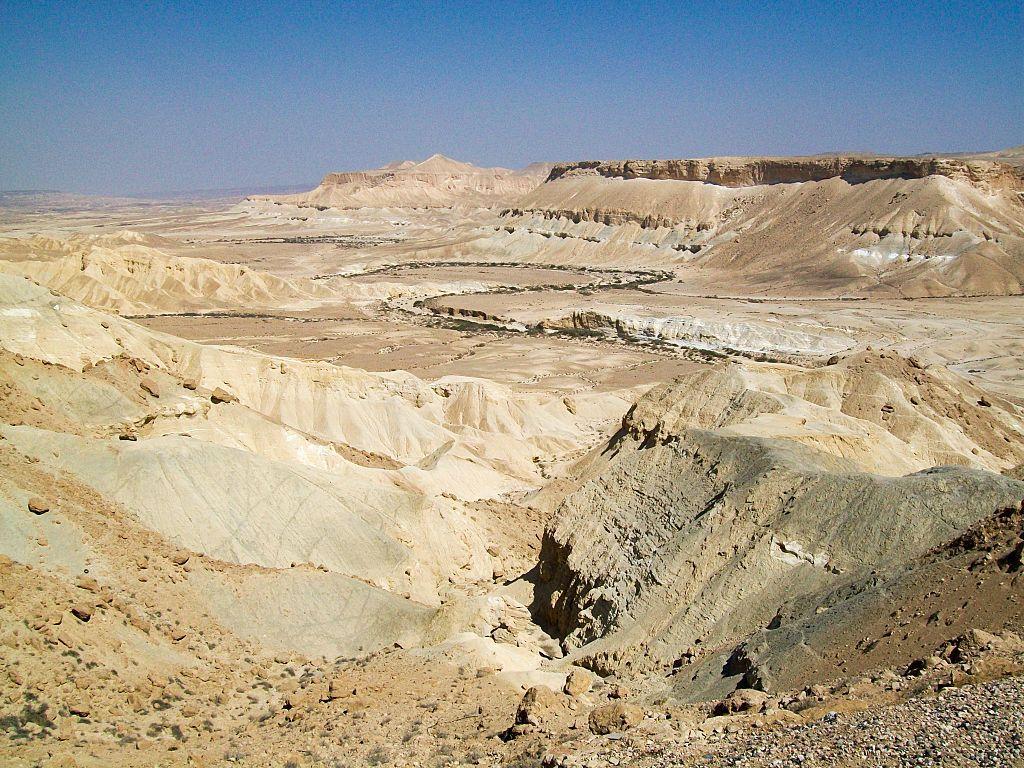
Source: Smith Collection/Gado/Getty Images
And they hope to learn a great deal more about not only the depiction itself, but more importantly, early life and Christianity during the Byzantine Era, specifically in Shivta.
Attempting to Understand Life in the Byzantine Era
The research team explained, “Shivta is the focal point in our ongoing project to explore the forces and processes which enabled a burgeoning urban and agricultural society to flourish during the Byzantine period in the arid region of the Negev, as well as to understand the factors that led to its decline.”
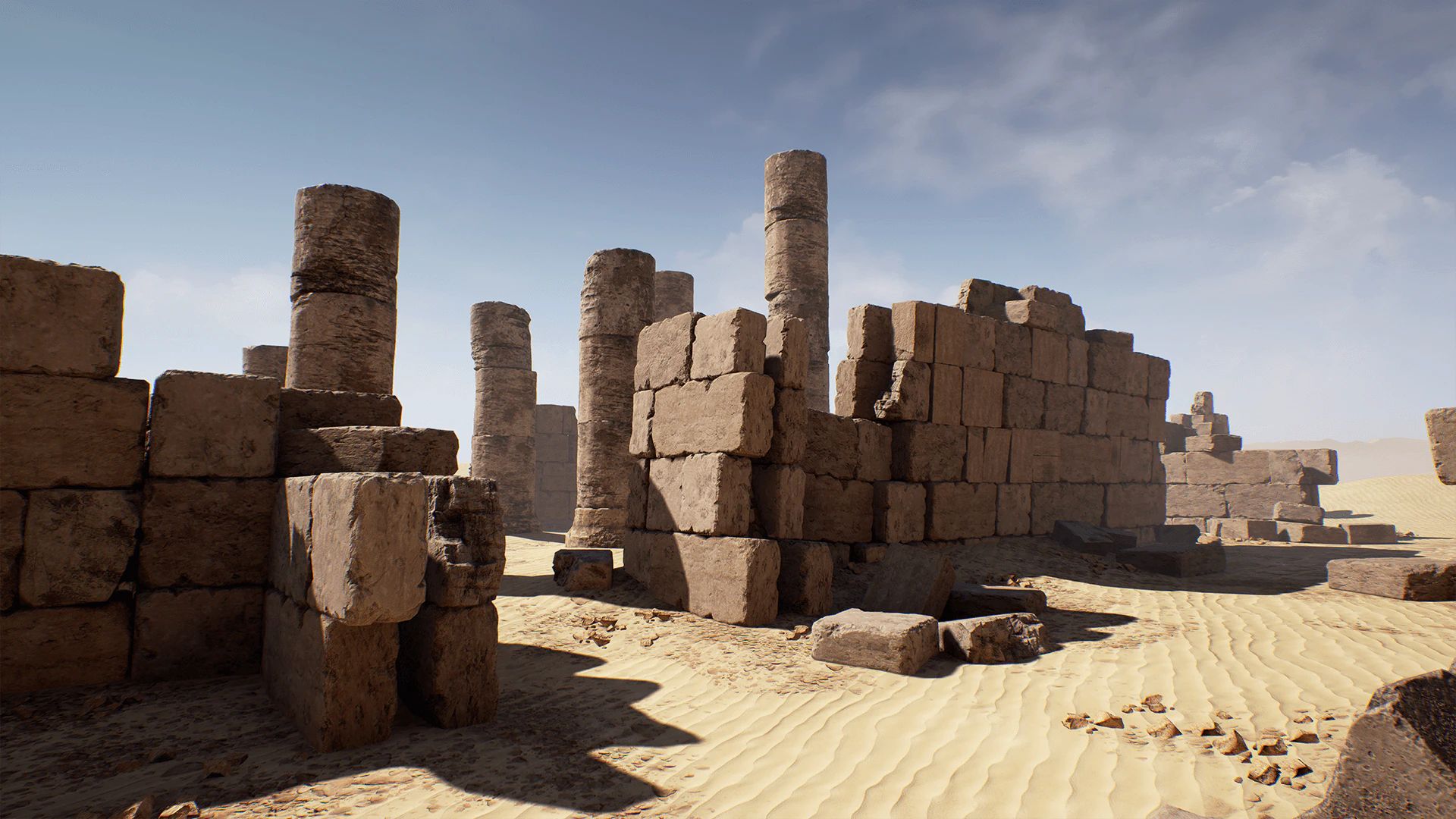
Source: Unreal Engine
And one of the most intriguing stories of Shivta is that it was once the site of successful coexistence between many communities of faith.
Legend Says Shivta Was the Original Site for Interfaith Coexistence
As many different cultures once lived in Shivta, many argue that it was once a city of interfaith coexistence between Christians and Muslims.
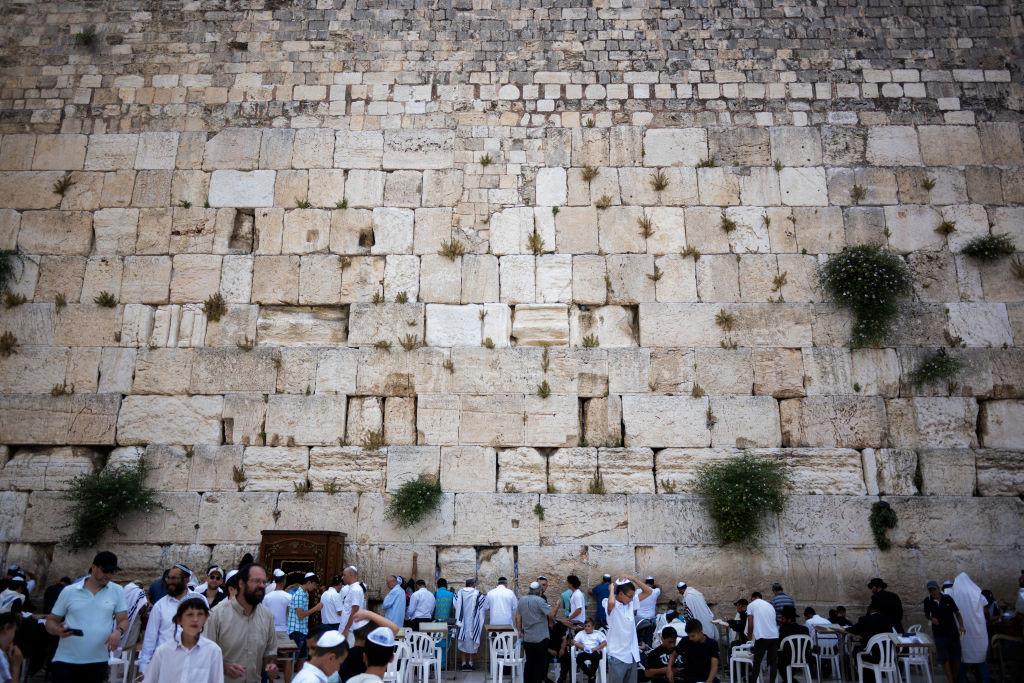
Source: Alexi Rosenfeld/Getty Images
However, while this theory is widely studied, archeologists don’t believe it to be true. One researcher wrote, “The presence of three large churches indicates that Shivta was a prosperous Christian community. By comparison, the single mosque is significantly smaller than the earlier monuments, pointing to a decline in population at the site.”
Religion in the Holy Land
While historians are working hard to understand the ancient city of Shivta, it’s also important to note how these studies relate to the modern-day Holy Land.

Source: David Silverman/Getty Images
The Holy Land, now called Israel, has long been beloved and revered by the Jewish people, Muslims, and Christians from around the world. And as the city of Shivta is technically in the Holy Land, it’s widely important to millions of people that historians understand the religious aspects of it.
Research of Shivta and the Painting of Jesus Will Continue
So far, this is all the information available on the newly discovered painting of Jesus in Shivta.
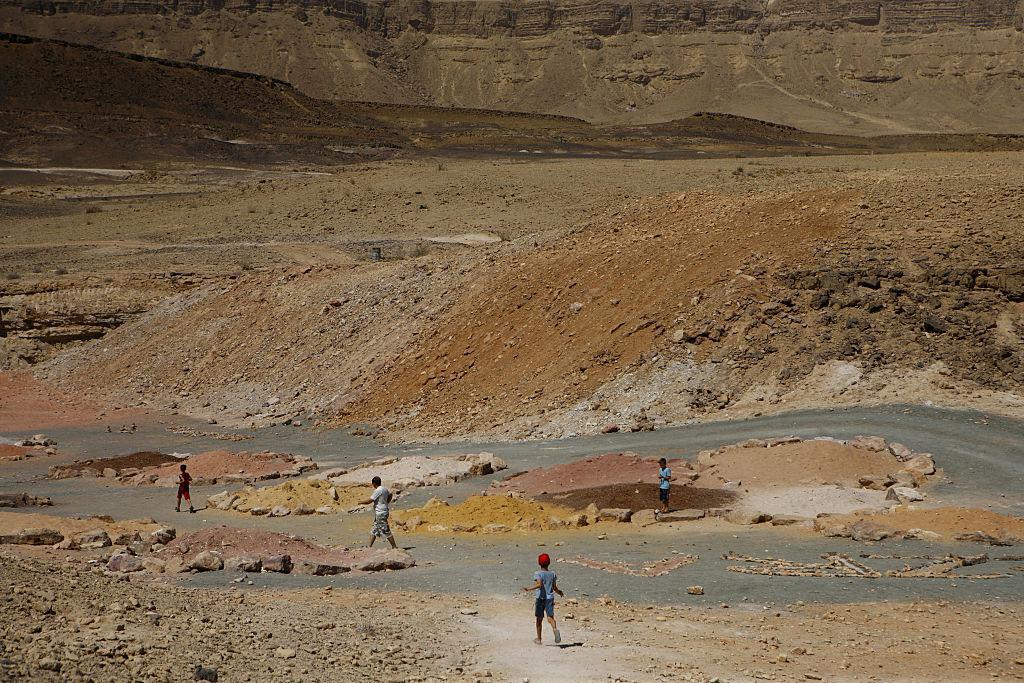
Source: Lior Mizrahi/Getty Images
However, the public can expect more information in the near future as the team of researchers continues their detailed and delicate work of attempting to understand this incredible city, and its important depiction of a pre-iconoclastic Christ.
